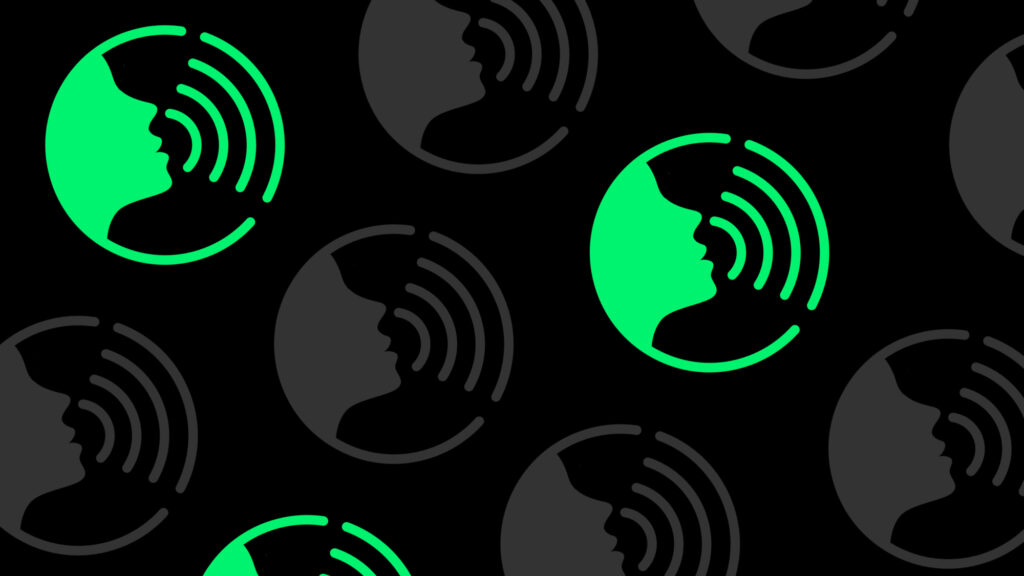Audio by Jordan T. using WellSaid Labs
Face it, the world of voice assistants is the inverse of an action movie—predominantly female. From Amazon’s Alexa to Google’s Assistant, these digital helpers embody more than just code and algorithms. They mirror a societal norm, subtly echoing the gender gap that exists in technology and beyond.
This might seem trivial at first glance, but its impact ripples through the fabric of our technological society. Picture this: by 2023, the number of voice assistants is expected to soar to a staggering 8 billion devices globally, transforming how we interact with technology daily.
Voice assistants, straddling the line between human and object in our perceptions, are reshaping our social interactions. Their omnipresence in our lives, from smart speakers to smartphone companions, hints at a deeper narrative. The feminine voices emanating from these devices are truly a reflection of ingrained societal stereotypes—where helpfulness and altruism are often color-coded in shades of femininity, while leadership and authority wear a masculine hue.
Certainly, it’s a broader reflection of the workplace, where women navigate the tightrope of being likable yet assertive, helpful yet authoritative. This dichotomy often places them in a paradoxical position, fulfilling roles and tasks that are essential yet undervalued, like the so-called “non-promotable tasks.”
Just consider this. In a 2016 survey, female engineers were 2X as likely to be burdened with extra clerical work compared to their male counterparts.
Acknowledging this gender gap in technology, companies like WellSaid Labs are stepping up. Our commitment to developing high-quality female AI voices isn’t just about adding a new sound to our repertoire. It’s a step towards redefining the narrative, challenging stereotypes, and giving a voice (quite literally) to the change we need in technology and beyond.
Curious about the disparity? Good. We have plenty of learnings to share–buckle up!
The importance of gender diversity in AI Voices
In the 1990s, Stanford researchers Byron Reeves and Clifford Nass uncovered a fascinating aspect of human-computer interaction. They found that people often interacted with computers and televisions in a similar way to how they would with other humans. More intriguingly, their behavior towards computer voices varied depending on whether the voice sounded male or female, influenced by deep-seated gender stereotypes.
So, despite claims of gender neutrality, most AI assistants are still associated with specific genders, primarily female. Consider the initial versions of Alexa, Cortana, Siri, and Google Assistant. These all launched with female-sounding default voices, despite their assertions of being genderless.

Still, this choice is not merely aesthetic. It’s profound in shaping user perceptions and attitudes.
Academic research underscores the impact of gendered voices. When users interact with these AI voices, they’re engaging with an entity that subconsciously reinforces gender stereotypes. This is significant because the types of places and contexts where we hear female voices can shape our subconscious associations about gender roles and expectations.
But, we can acknowledge that creating diverse and authentic female AI voices is no small feat. It’s a process that must be navigated ethically and sensitively. Plus, it’s largely about understanding the potential biases in the voice artist industry and user preferences. Ethical considerations include obtaining consent from voice actors and ensuring a broad representation of voices.
Yet, the endeavor is crucial. By diversifying the range of AI voices, we can start to dismantle outdated norms and build a more inclusive digital world. This is especially important for enterprises, where the choice of AI voice can subtly influence brand perception and customer engagement.
💡Learn more about AI ethics and how we’re practicing them here.
WellSaid Labs’ approach to female AI voices
At WellSaid Labs, our commitment to reshaping the landscape of AI voices is unwavering. Central to our mission is showcasing the quality and diversity of female voices. We understand the importance of representation, and our extensive collection of female voices is a testament to that.
Our innovative “Voice Attributes” filter moves beyond traditional categorizations, focusing on attributes like “Regional Accents”, “Voice Characteristics”, and “Performance Styles”. This approach ensures a more inclusive and representative selection, steering clear of gender or racial stereotypes.
Likewise, our portfolio includes an array of exceptional female voices, each bringing its unique flair and personality. These voices are carefully crafted personas, unique as they are varied.
Audio read by Issa B.
Audio read by Ramona J.
Audio read by Donna W.
To contextualize our efforts, we’ll share a story with one of our API clients, Recast. When Recast, an innovative company transforming articles into podcast-like content, began their journey, they faced a significant challenge. The founders, Adam and Verena, sought voices that moved beyond reading. They wanted voices which spoke to the audience with a natural, engaging tone. Their quest for the perfect voice led them through a labyrinth of providers, each falling short in quality, consistency, or reliability.
💡Read the full Recast story here!
And then, they discovered WellSaid Labs. Impressed by the positive feedback and recommendations, Adam and Verena decided to explore our services. What they found was a provider that delivered with unparalleled speed and consistency.
Importantly, especially to this blog’s topic, Adam and Verena were very impressed by WellSaid’s female voices. Their goal was to create a product that wasn’t dominated by male voices. And WellSaid Labs provided them with the perfect solution. “WellSaid Labs was the first time we heard good female voices anywhere. Period,” Adam noted. This endorsement underscores our commitment to breaking barriers and setting new standards in the realm of AI voices.
Our approach to female AI voices is a crucial part of our vision to humanize technology, ensuring that every digital interaction is as real and engaging as a conversation with a friend.
Concluding thoughts on technology + gender diversity
The realm of voice technology is a reflection of our society, our biases, and our aspirations. Female AI voices, often overshadowed by traditional stereotypes, play a pivotal role in this narrative. WellSaid Labs’ commitment to offering a diverse array of female AI voices extends beyond technological advancement to fostering an environment where every voice is heard and valued. By prioritizing authenticity and variety in our voice offerings, we’re advancing the way technology interacts with humanity.
As we continue to blend technology with daily life, let’s remember that every AI voice we design, choose, and interact with, shapes the societal fabric of tomorrow. So, as we stride forward, let’s tune into a future where every voice, every accent, every nuance, plays its part in the grand orchestra of human-tech harmony. After all, the future isn’t just something we’re creating—and every voice matters.




